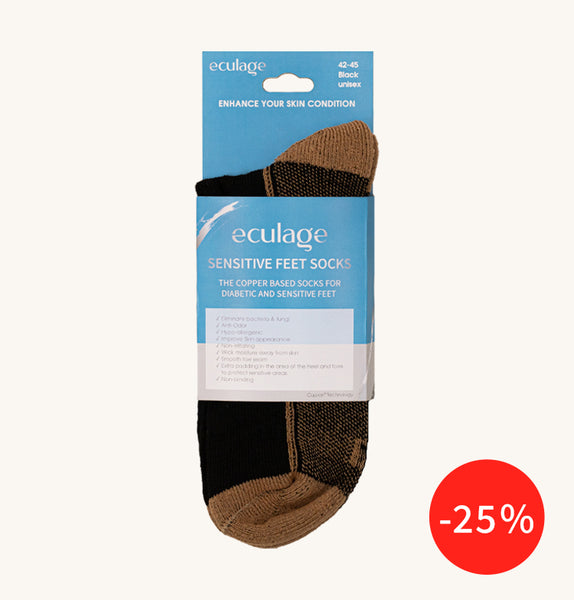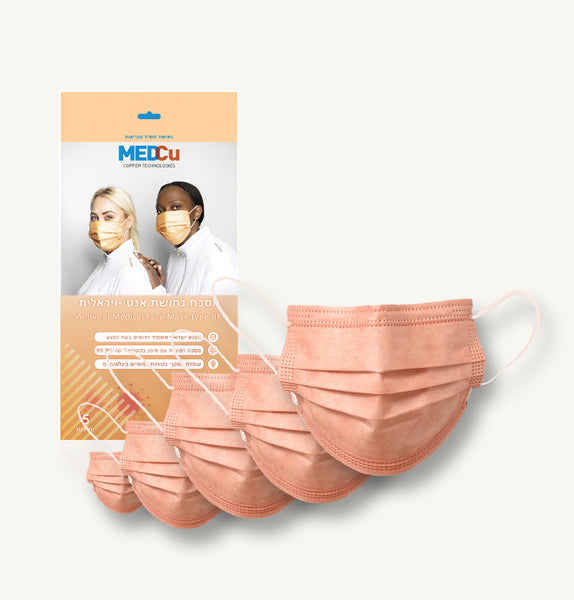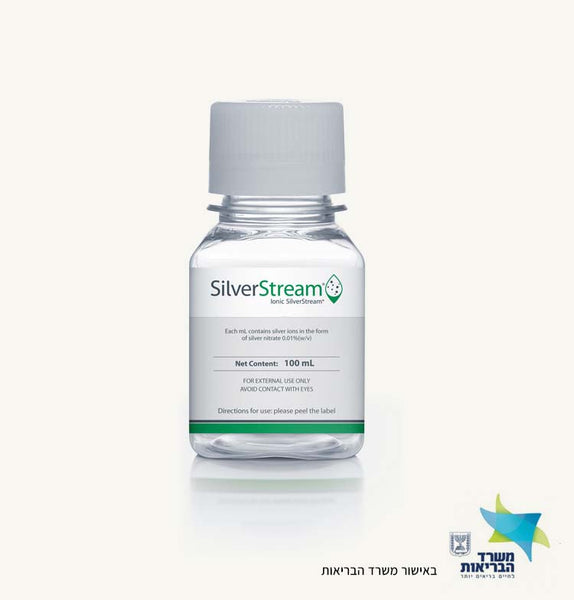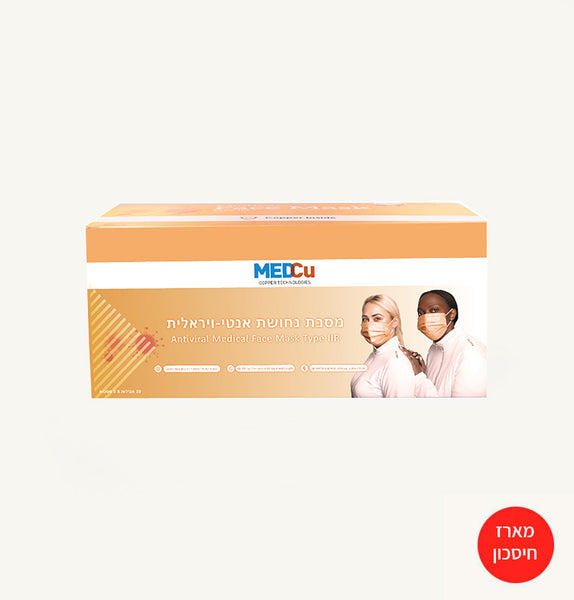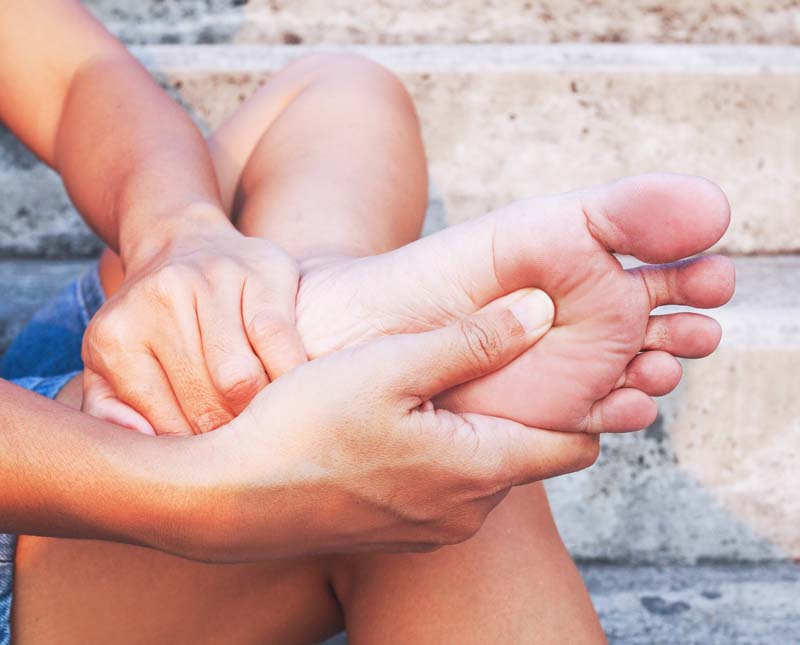
ANALYSIS OF THE EFFECT OF WEARING COPPER OXIDE IMPREGNATED SOCKS ON TINEA PEDIS
פורסם ע"י Rotem Ezra בתאריך
BASED ON “BEFORE AND AFTER” PICTURES – A STATISTICAL FOLLOW-UP TOOL
The present study demonstrates that statistical analysis of quantitative data obtained from digital images taken during treatment of tinea pedis is feasible and may serve as a tool for podiatrists in monitoring treatment.
The assessment of skin conditions by digital images as part of the evaluation of treatment efficacy is not widely used in podiatry. The main objective of our study was to evaluate quantitative measuring of tinea pedis (athlete’s foot) related medical endpoints via digital images of the affected feet areas before and after treatment as a supporting tool for podiatrists.
In order to do so, we analyzed photographs taken of patients who had participated in a previous clinical study. During this already published study, the patient’s fungal feet infections were treated only by wearing of antifungal socks containing copper oxide. The efficacy of the treatment was then determined solely by clinical observations of the podiatrist. In the current study, we randomly and blindly analyzed 282 digital images of patient’s feet taken before and after using the socks in the pilot study.
The affected feet areas, in which the tinea pedis infection was manifested by fissuring, scaling, erythema and/or vesicular eruptions, were determined before and after treatment by using ImageTool software.
Statistical analysis of these determinations demonstrated a significant reduction in the severity of all 4 endpoints analyzed (p<0.05).

This is in accordance with the results described in the published study, further establishing that using socks containing copper oxide is efficacious in treating tinea pedis. The present study thus demonstrates that statistical analysis of quantitative data obtained from digital images taken during treatment of tinea pedis is feasible and may serve as a tool for podiatrists in monitoring treatment
Authors: Gadi Borkow PhD, Myriam Edith Gargiulo, Adriana del Carmen Elías




